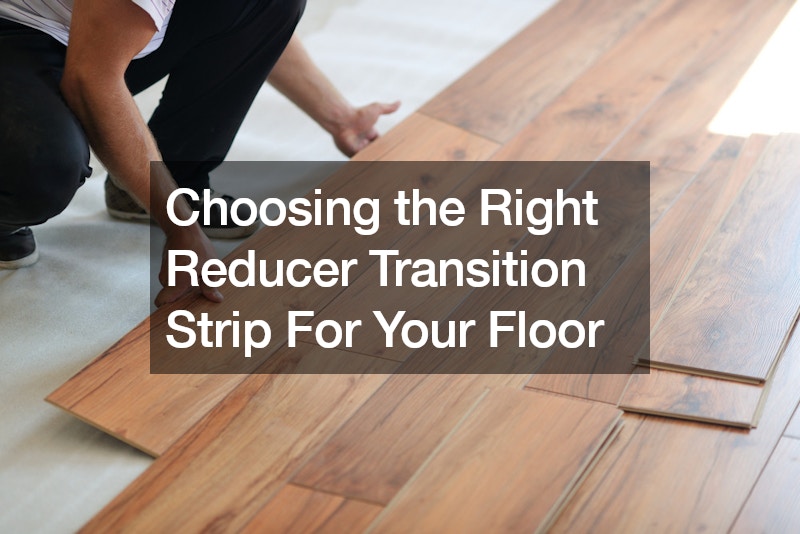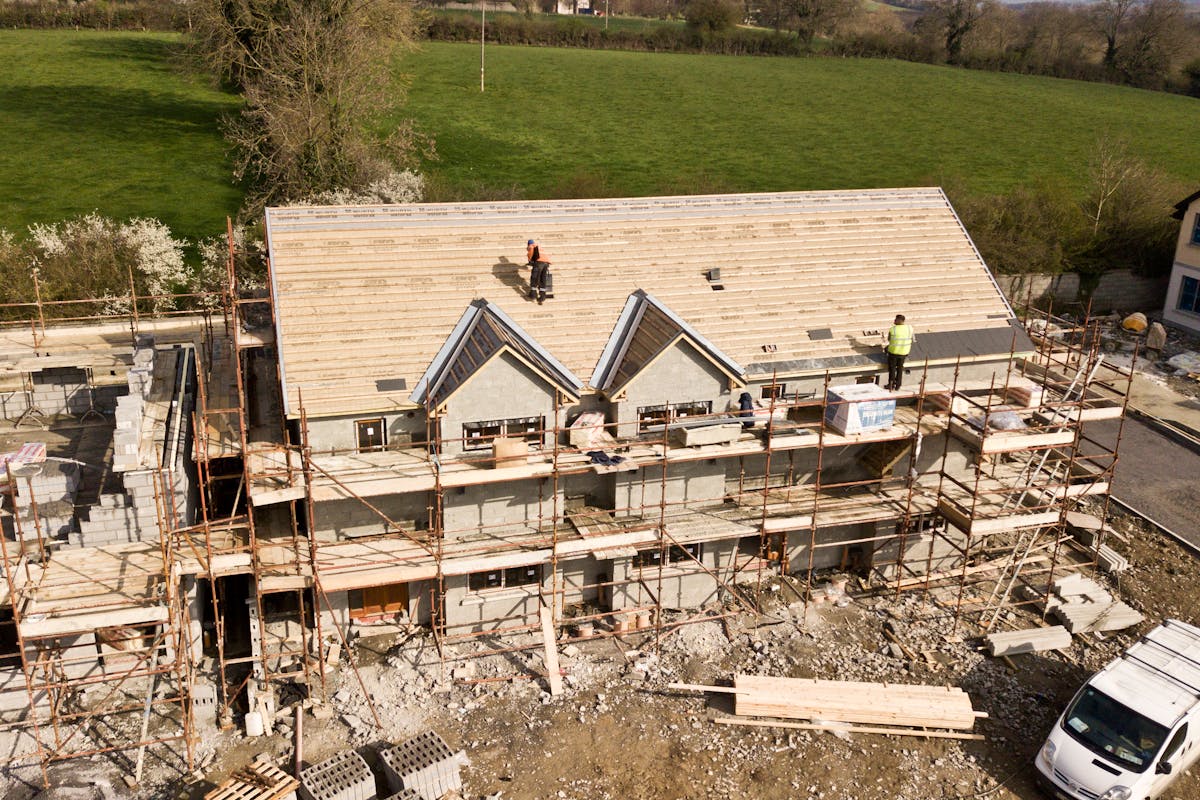
When faced with the challenge of transitioning from a wood plank floor to a bathroom tile floor with different heights, selecting the appropriate reducer transition strip becomes crucial. In such scenarios, where the height difference is approximately three-quarters of an inch, the wrong choice not only affects aesthetics but also poses potential safety concerns.
Exploring threshold molding options, the presenter in a recent guide evaluated two pieces – one shallow and the other taller. The shallower option proved inadequate, while the taller one was criticized for its potential to become a stubbed toe hazard, particularly in a bathroom setting.
Next in line was a T-Mold transition piece, but its short length and inability to accommodate the height difference deemed it unsuitable for the task at hand. The presenter then introduced the concept of a reducer transition strip designed precisely for such scenarios. This molding piece, shaped to seamlessly transition from a higher to a lower level floor, emerged as the preferred solution.
Applying Loctite PL3X adhesive to affix the reducer transition strip in place, the presenter emphasized the importance of ensuring no glue contacts the wood planks, allowing them to move freely. Placing a weight on the molding until it cures overnight guarantees a secure and stable transition, addressing both functional and aesthetic concerns.
For anyone navigating the complexities of flooring transitions, the careful consideration of a reducer transition strip proves instrumental in achieving a seamless and safe result.
.






